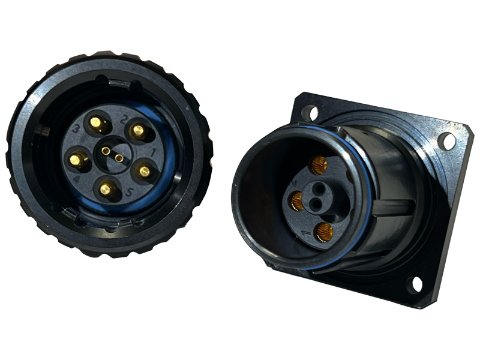Aeronautical applications face many design challenges that are unique to their intended environment. The best practices for optical interconnect design for space applications include the use of radiation-resistant technology to defend against space radiation, the use of components and devices that are designed to operate in harsh environments, and meeting size, weight, and power (SWaP) and long-term reliability requirements. Finally, it is recommended to follow open standards like VPX and to look for solutions that comply with MIL and quality standards.










